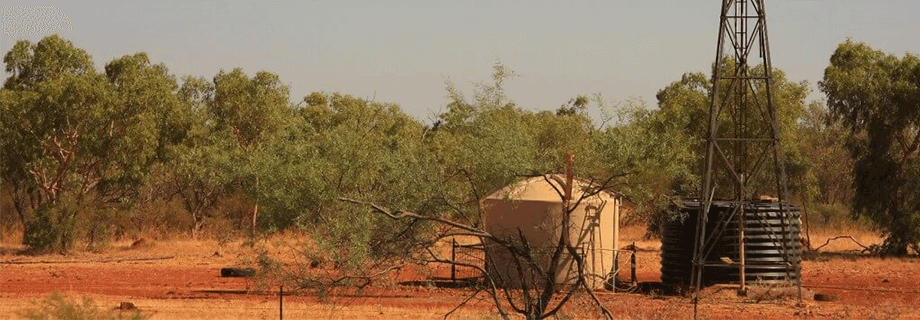Producing Animal Proteins in Hot Climates

I recently attended a conference in Dubai, and had the pleasure of speaking with people who are working to improve local food and feed production in the region. When you have some local food production, and more immediate access to food, this is known as an increase in food security. It was educational for me to learn more about the regional challenges encountered with increasing food security.
Raising animals in hot climates is one of these regional challenges. As air temperature and body temperature rise, animals modify their behavior to adapt. Consuming and digesting food results in metabolic heat production, and animals reliably decrease feed intake as they start to experience heat stress. This is a problem for production animals because a certain energy level is required to maximize performance, such as milk production, as I’ve outlined in the past. If they don’t get enough energy from the diet, performance and body condition will fall.
Fortunately, there are solutions to heat stress in animals. Using fans to increase air movement, and using misting or water-dripping systems, will increase evaporative cooling and reduce the likelihood of heat stress. In addition, to counteract the decline in energy intake and performance that comes along with decreased feed intake, changes in diet formulation can help maintain performance. This could mean reducing the total protein content of the diet, and using easy-to-digest, synthetic amino acids to supplement those that are limiting performance. This is an effective tactic because digesting intact protein is energetically inefficient, especially at higher temperatures (see here).
It may also be necessary to increase the energy density of the diet to make up for the decline in intake. Adding dietary fats or oils, which are concentrated energy sources, are one effective way of accomplishing this. Finally, the use of high-quality ingredients are helpful during times of heat stress. For example, extruded, expelled soy meal, with highly-digestible amino acids from protein, and high-quality energy from the higher residual oil in the meal, work well in these situations. For more information, a review of the work by Professor Daghir, who spent part of his career studying heat stress in poultry, can be found here.
At Insta-Pro International, we interact with our customers and prospects from all over the world, and help them solve problems that they encounter as they bolster food security in places that they call home. As indicated here, this goes far beyond selling our equipment.

